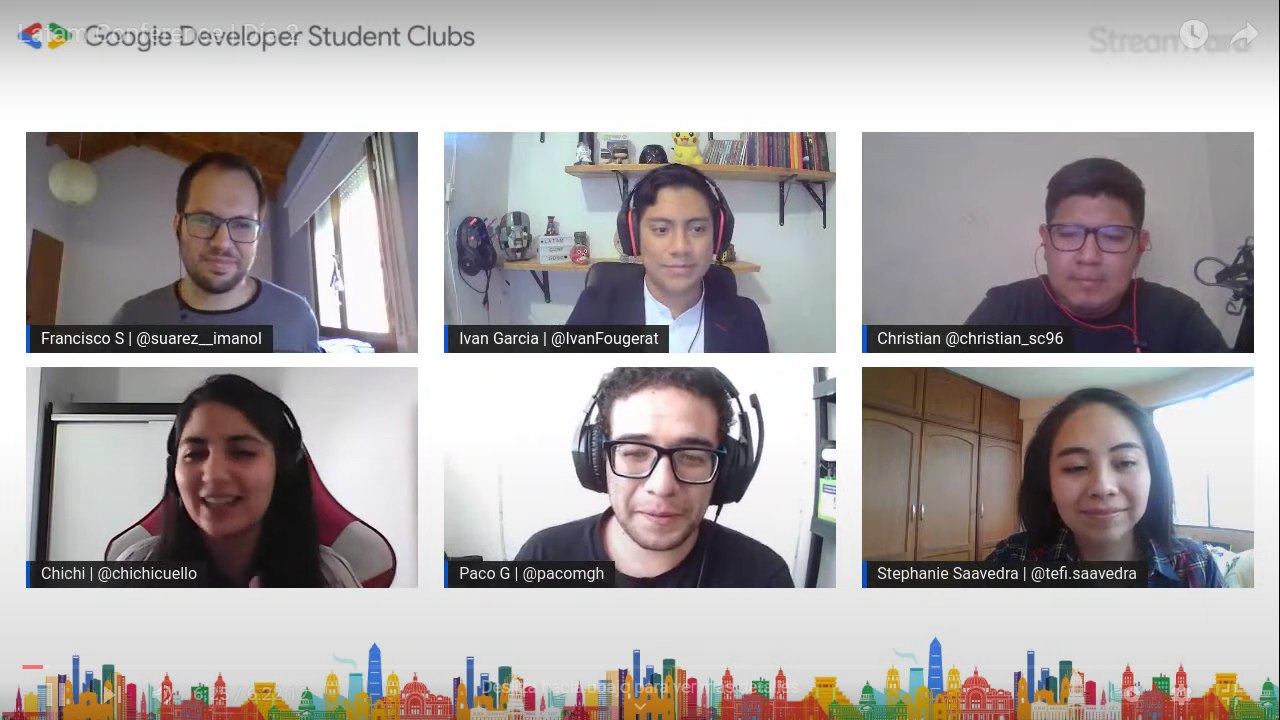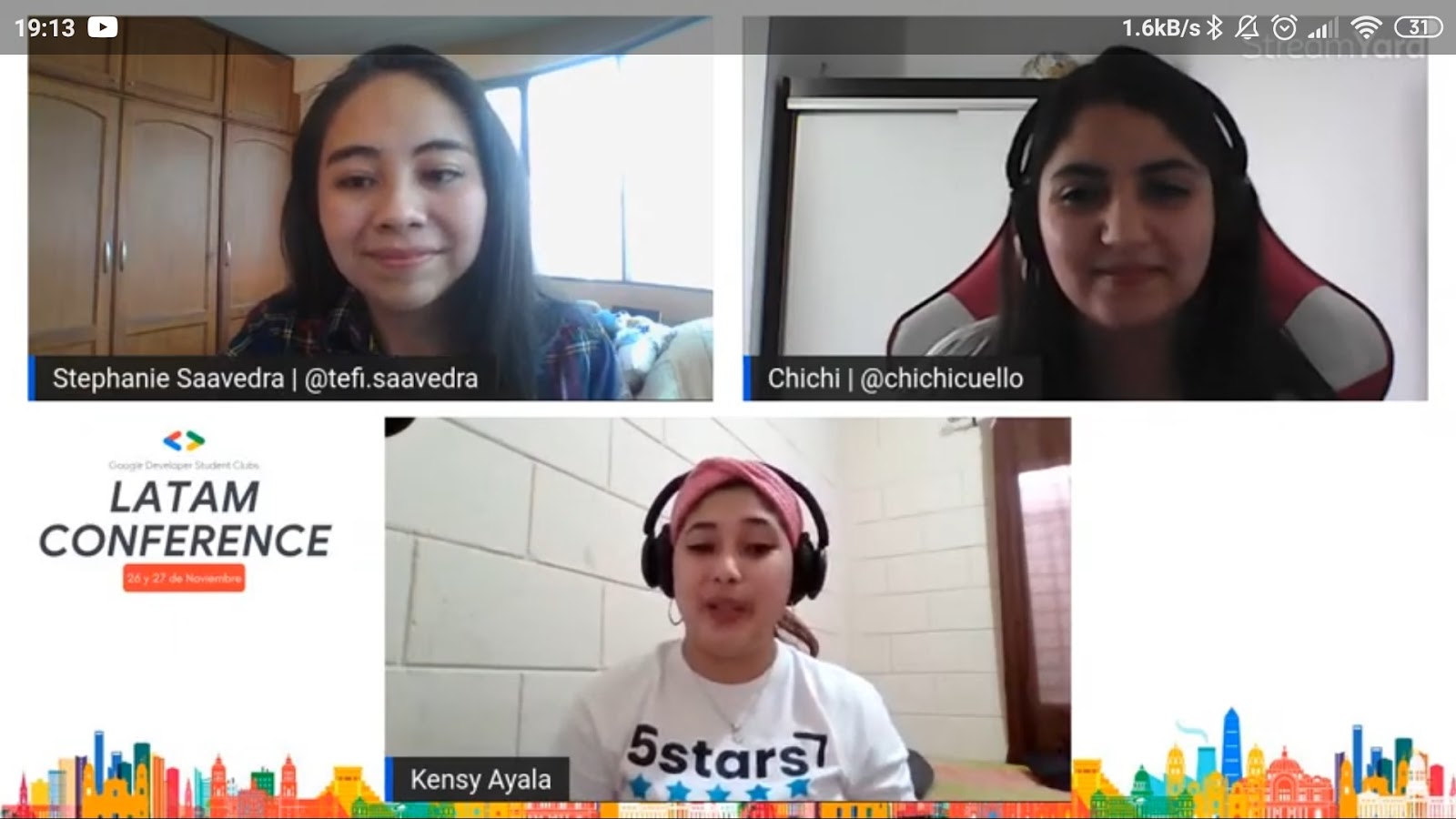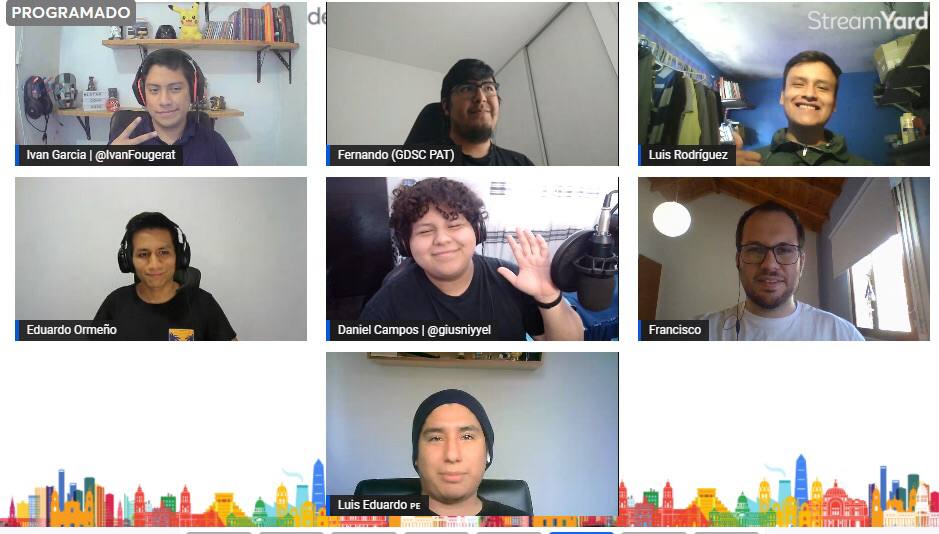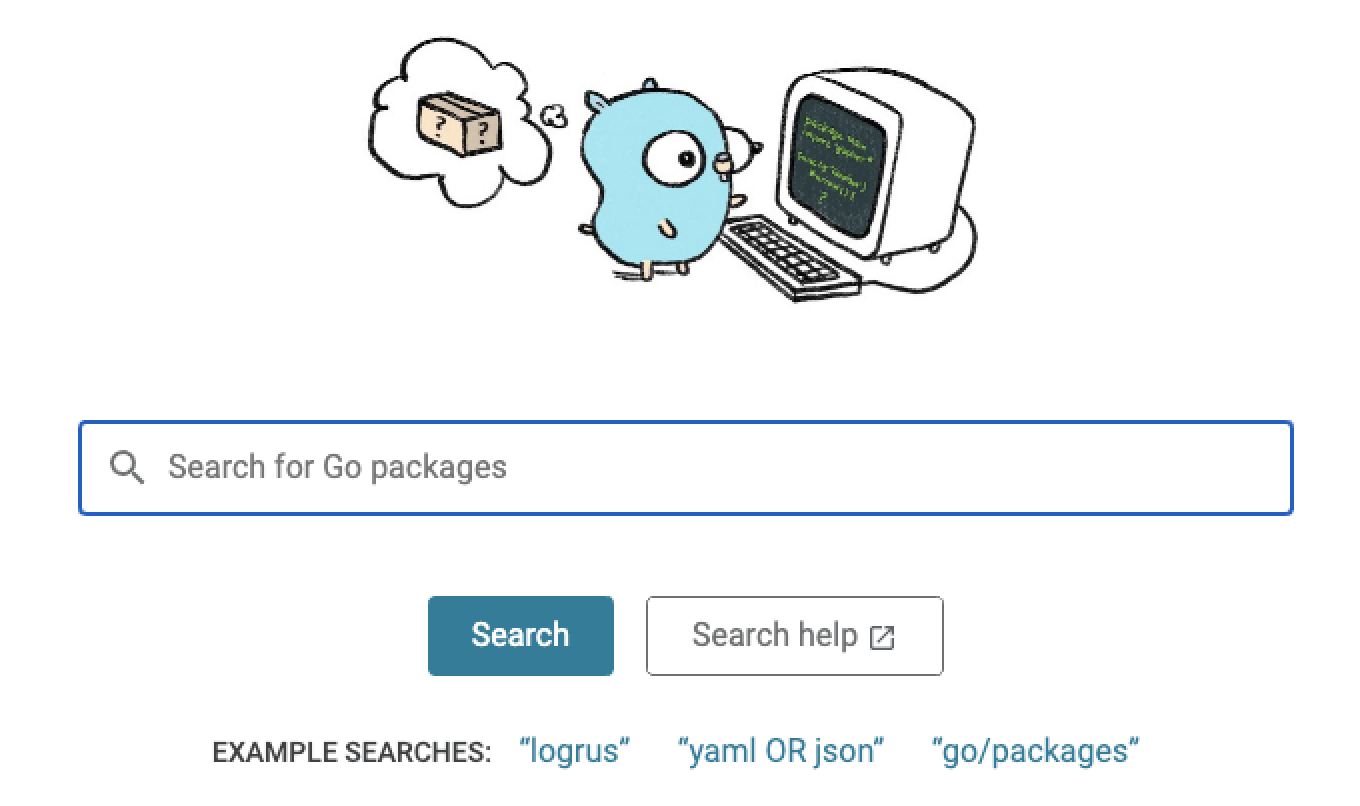Posted by Paco Solsona, Regional Lead LATAM

A continental community of coders
Growing up, many students across Latin America watched eagerly as the technology in their cities became more advanced and opportunities to create the future expanded. For some, computers and web technologies presented untold potential. Still, excitement about doing right by their communities was all at the heart of it all. Now, a forward-looking group of university students from 27 different Latin American nations and Google Developer Student Clubs (GDSC) have formed a continent-wide network to chart a course forward for their continent. They are building a community of Spanish-speaking Latin American student developers that support each other, help foster leadership skills, and bring more opportunities to student developers in the region.
Teaming up to build skills and teach other student developers
In November 2021, this regional coalition of students came together to host a continent-wide LATAM conference, a two-day student conference (the team planned and executed it in just two weeks). The event featured ten speakers from Spanish-speaking Latin American countries and taught students about different developer technologies. Attendees learned about machine learning, automating processes using data pipelines, leveraging react to upload landing pages to Firebase, and building mobile applications with Firebase and React Native. 300 people attended the conference over two days, and the conference recordings have attracted hundreds of views on YouTube.

“We’re coming from a less developed region. We grew up seeing other countries that were more technologically advanced. Now, developers from Latin America are more confident that they have the skills to implement projects, produce new things, and bring advancement to the continent.” - Maria Agustina Cuello (Chichi)
Working together with purpose
Through working together on the conference, the organizers of LATAM conference know Latin American youth have a bright future. They are excited by the opportunity to use the power of technology and connectivity to change the world.

Luis Eduardo, Lead GDSC UTP (Perú), says it felt amazing to be part of the LATAM conference: “being able to meet students from other countries with the same desire to work for the community was wonderful. Knowing that, despite being thousands of miles away, there was no impediment to being able to work as an organized team. This is what makes this family unique.”

“LATAM conference was the opportunity to show that wherever we are, we can help others, and you will always find people with similar ideas,” says Francisco Imanol Suarez, Lead GDSC UNPSJB (Argentina).
Solution Challenge preparations
The group is now hosting events to teach student developers new skills and prepare them for the 2022 Solution Challenge, a global contest where students from around the world are invited to solve for one of the United Nations' Sustainable Development Goals using Google technologies.
In preparing their communities to build projects, the group plans to activate the countries and regions in Latin America. The students aim to expose each other to multiple technologies in the field and plan to host theme weeks for the Solution Challenge, like a Firebase week, a UX/UI week, and a Flutter Festival.
Students across the GDSC LATAMs are forming teams for the Solution Challenge. Some are local, coming from a single university, while others are broader, like students in Argentina working with students from Mexico. “A few months ago, no one knew how many people we would help take their first steps in the world of development. Let's hope this community continues to grow to be able to show that amazing things can be done in LATAM,” says Luis Eduardo, Lead GDSC UTP (Perú).

“I’m grateful to be part of this community and work with amazing team members who are so eager to work together and do activities. We want to bring all the opportunities we can to Latin American students, and gender and language are not a barrier,” says Cuello.
What’s next for GDSC LATAM
The members of GDSC LATAM plan to continue hosting collaborative events for the community such as Google Cloud Machine Learning bootcamp, a hackathon, and a 2022 student conference and related events with other student communities. The group holds Android and Google Cloud Platform (GCP) study jams, publishes a podcast, and hosts networking events to help reach more students, create networking opportunities, and expand each university’s GDSC. Eventually, they hope to positively impact the region by encouraging budding developers to build new technologies in Latin America.
—
If this inspires you, sign up for the Solution Challenge and submit a project by March 31, 2022 at goo.gle/solutionchallenge and join a Google Developer Student Club at your college or university.
Check out GDSC LATAM on social media: Twitter | FB | YouTube Channel | Instagram
—









